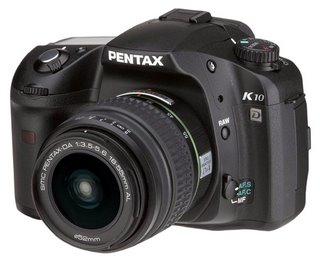Night Shooting Tips

Although there is a lot of information and advice here on About Photography to give you better pictures at night, much of it was about photography on film. Of course most of it still applies to digital, but there are differences, particularly in the ability of many newer digital cameras in particular to produce good results without flash in poor light. Film photographers do sometimes work in low light, 'pushing' (increasing sensitivity by longer development times) emulsions such as Kodak Tri-X from its normal ISO 400 speed to expose it at ISO 1600, but the results were high contrast and grainy. Great for gritty subjects, but not generally for everyday photography. (More on ISO speeds.)
Digital has changed that, with many cameras still capable of excellent results at ISO 1600, and some giving very usable performance at ISO 3200. In practice this means that instead of shooting at perhaps 1/8s at f2.8 at ISO 400, you can shoot at 1/30 at f2.8 at ISO 1600. Add to this the increasing incorporation of vibration reduction technology into lenses or cameras which enable sharp results at slower speeds, and also that the smaller sensors on digital cameras give a greater range of sharpness at wide lens apertures (increased 'depth of field') and night photography with digital has really moved into a different gear.
There are some limitations with digital, perhaps most importantly the way that highlights in images can more easily lose all detail, and some cameras produce very 'noisy' images at high ISOs (though still generally rather better than film.) But it struck me forcibly when writing these new features on digital photography at night, and choosing a few illustrations from my files, that I had used a tripod for only one of them. All the rest of the illustrations were made with a handheld camera, although one or two borrowed a handy wall or post for support. There are still uses for a tripod, but I've got out of the habit of carrying one unless I have a particular reason to do so. Credit: Peter Marshall


<< Home